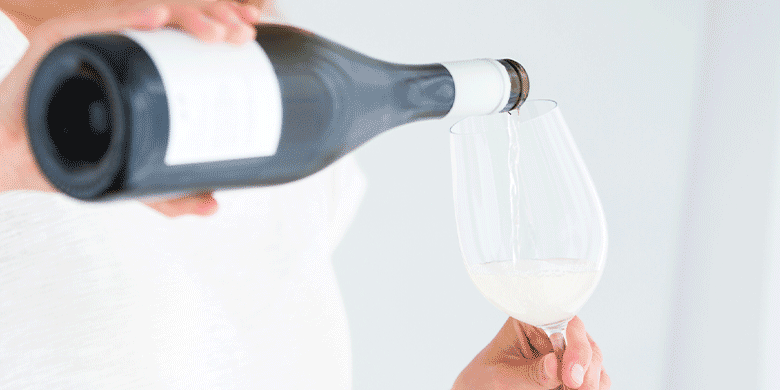
6 February, 2023
Wine Glasses: How They're Made and Why They Matter
Are you thinking about getting promotional wine glasses but don’t know how they’re made or why they matter? If so, this article will answer all of your questions and more. You'll be well-equipped to choose the best product from the different materials used to create one of these glass marvels.
The Anatomy of Wine Glasses
Wine glasses come in all shapes and sizes, but there are a few key features that all drinks have in common. The bowl is the essential part of the glass, as it determines how much wine you can pour and how the aromas will be concentrated.
The stem helps to keep your hand from warming the wine, while the base provides stability. The rim of the glass is where you'll place your lips when taking a sip, so it must be smooth and free of hedges.
How Wine Glasses are Made
Promotional wine glasses are a great way to market your business. They can be used to promote your brand, advertise special events, or show appreciation to your customers. But how are they made? And why do they matter? If you want to ensure that your promotional items last for years, then you need to ensure that the materials you use will not break easily and that the production process is quality-controlled.
Wine glasses are made from glass, plastic, ceramic, paperboard (think cardboard), tinsel, copper foil and epoxy resin. These materials each have their advantages, like being disposable or recyclable. The production process starts with design and mould-making, of course. If it's printed on glass, then it must be cut out by laser before being silkscreened on at least one side of the glass by an inkjet printer before undergoing a firing process in an oven at high temperatures, which lasts several hours.
Types of Glasses for Different Wines
It's essential to use the correct type of glass for different wines. For example, Bordeaux glass is more comprehensive than Burgundy glass. The glass's shape helps release the wine's aromas and flavours.
White wines are usually served in smaller glasses because they have less alcohol than red wines. People also drink white wines with foods that don't have intense flavours (such as fish).
Champagne glasses come in various shapes and sizes, but most think the more tulip-shaped ones create the best-tasting champagne.
Red wines typically go in more giant glasses than white wines because their higher alcohol content makes them stronger-tasting. And people often drink reds with dishes that contain intense flavours, such as steak or lamb.
In general, stemware designed for white and red wine is narrower at the top than at the bottom so that tasters can swirl their drinks to better aerate them before drinking them.
The Future
As you probably know, wine glasses come in all shapes and sizes. But did you know that your glass's condition can affect your wine's taste? There is no 'right' or 'wrong' way to drink wine. But suppose you want to experience the complete flavour profile of a specific grape variety. In that case, the fruitiness, bitterness, acidity — the most important thing is to be aware of what type of glassware it's traditionally served in. If this doesn't interest you (or make sense), don't worry!. You don't need a pricey sommelier-approved set. All wines taste great served in any white or red stemware.
The Glassware Only Team



